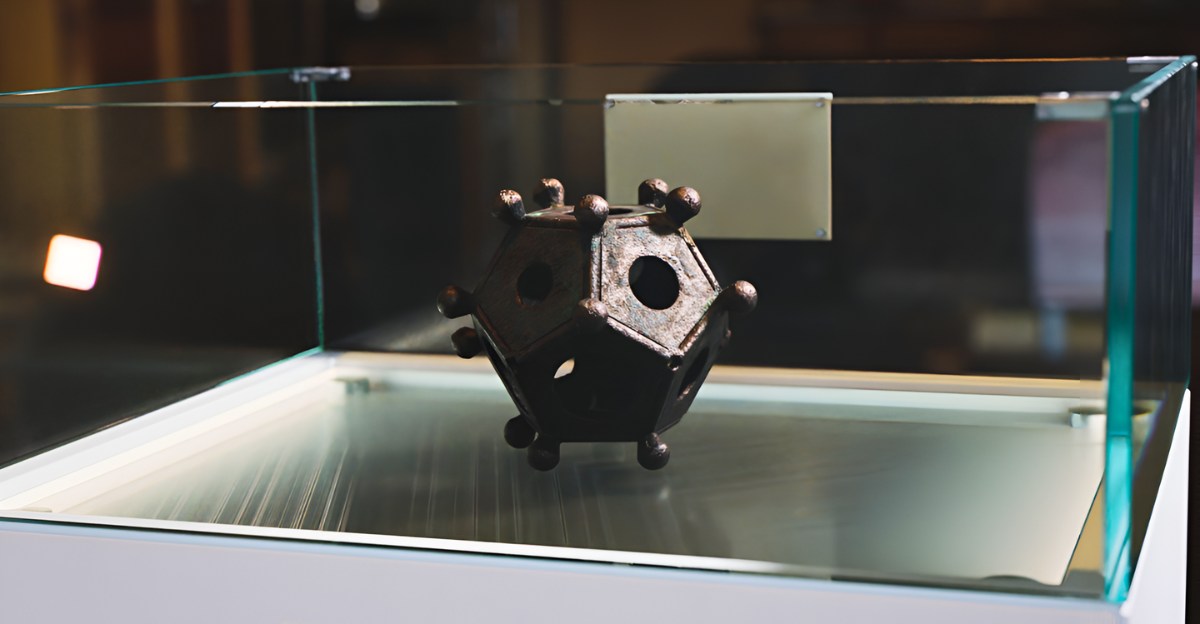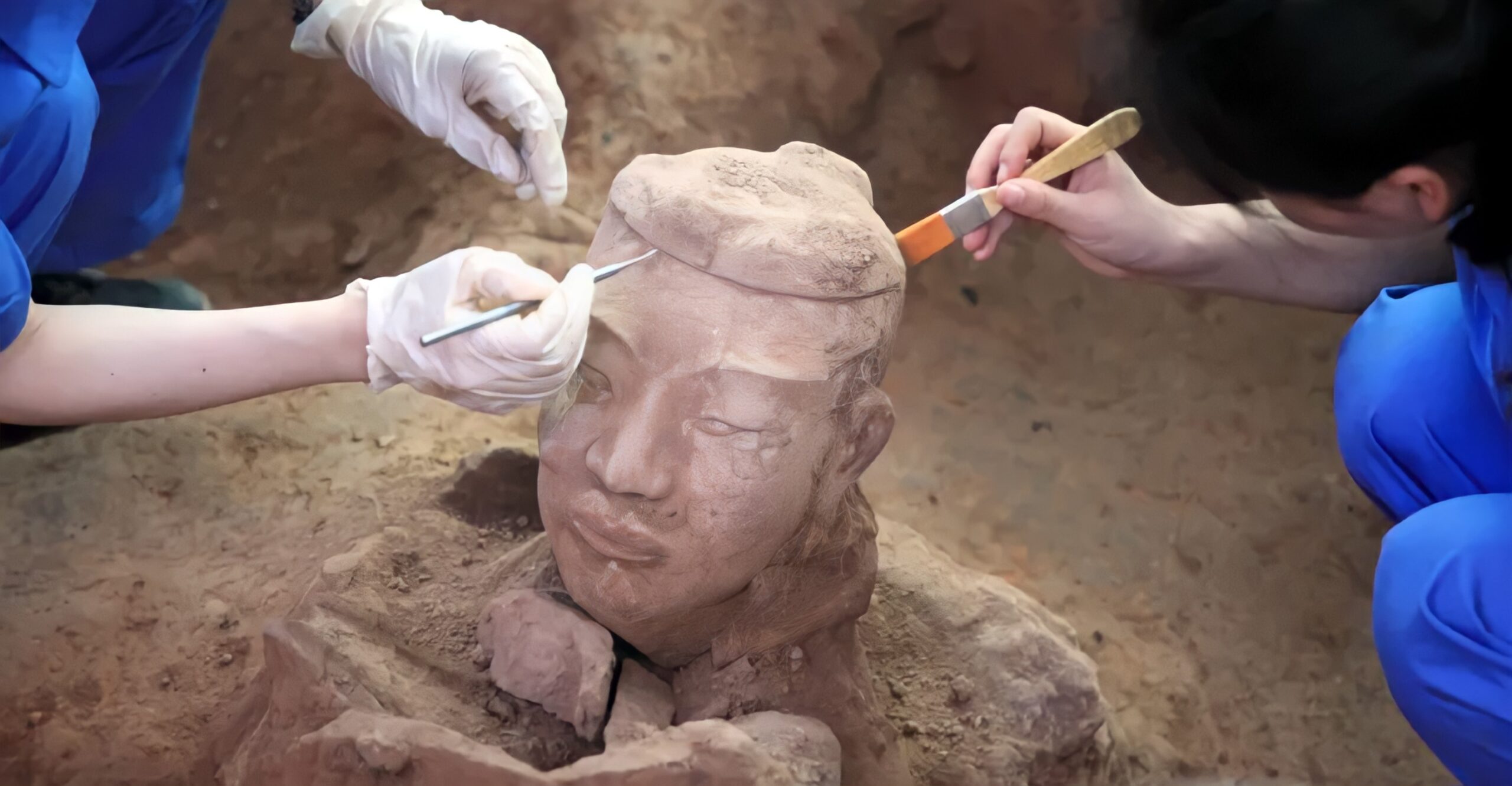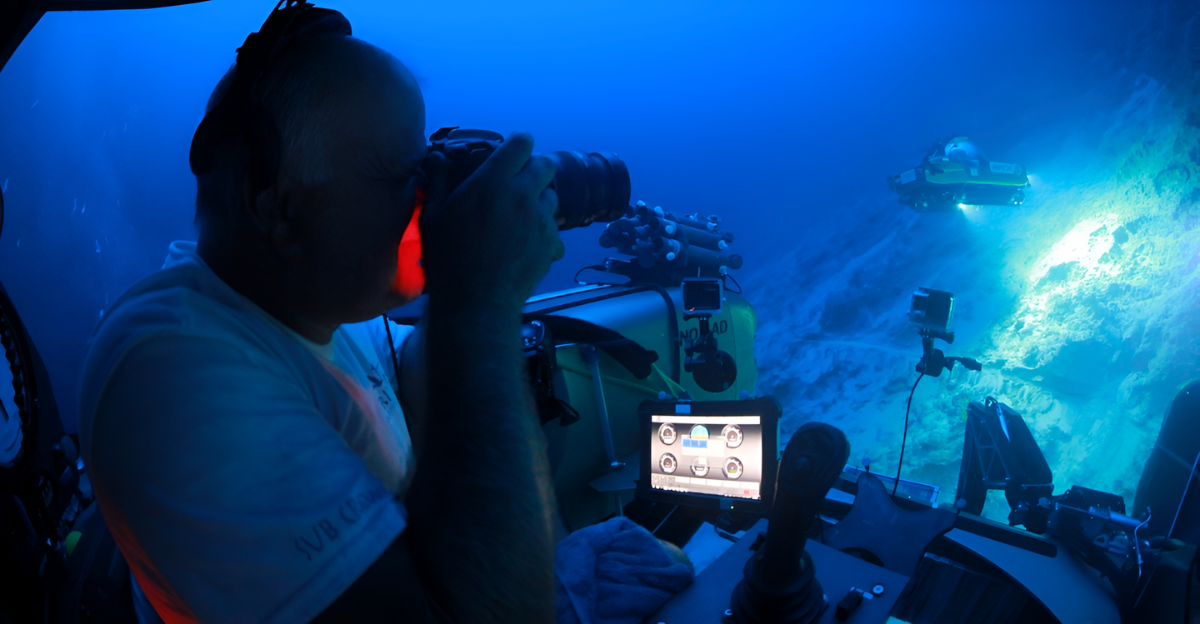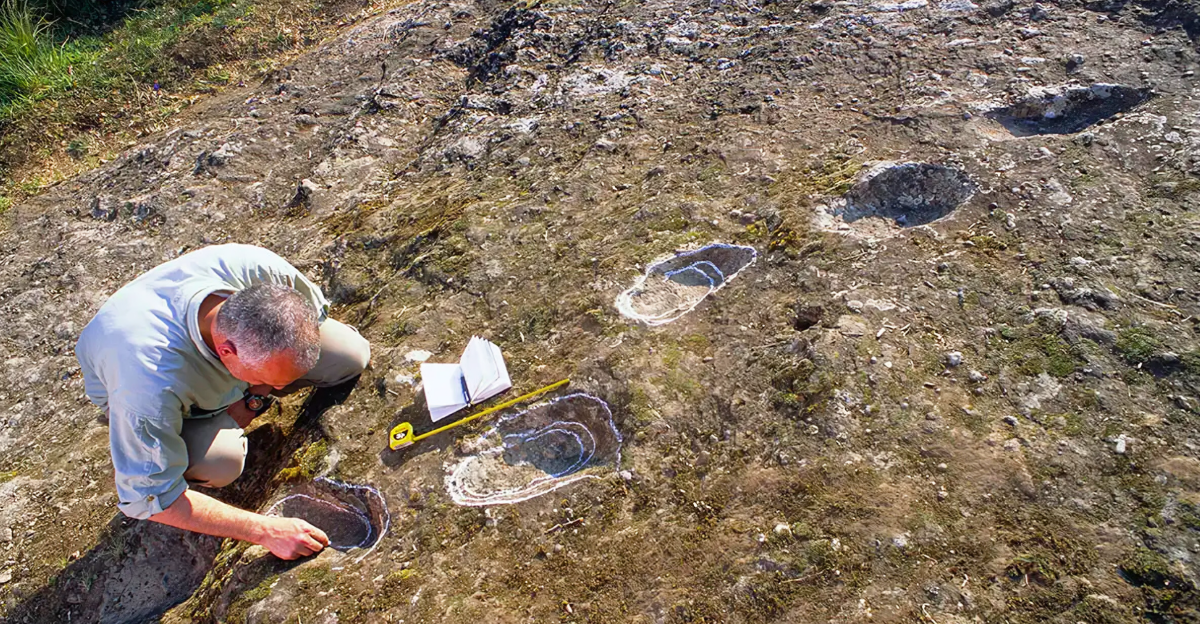
A surprising piece of ancient history has been uncovered under the sands of a remote desert. Some fossilized human footprints that were preserved through time have been found.
Even though it is great to discover more about where humans come from, and as science keeps updating to better understand, rare cases still raise new questions instead of giving us clear answers.
This is one of those cases, a footprint so old that it could possibly change what we believe about our earliest journeys across the world.
Who Stumbled Upon This Breakthrough?

A team of archaeologists and paleoanthropologists from around the world, led by researchers at the Max Planck Institutes, discovered an essential set of ancient footprints. These experts did not find it by chance. This area was once a lush, green landscape with lakes and wildlife during ancient climate shifts, where scientists thought it might have been a key migration route for early humans moving out of Africa.
Michael Petraglia said: “These are the first genuine human footprints of Arabia.”, and “This is a remarkable set of footprints and a remarkable sight. It’s a first.” Their time and studies have finally paid off! What a great feeling that must have been.
A Walk Back in Time
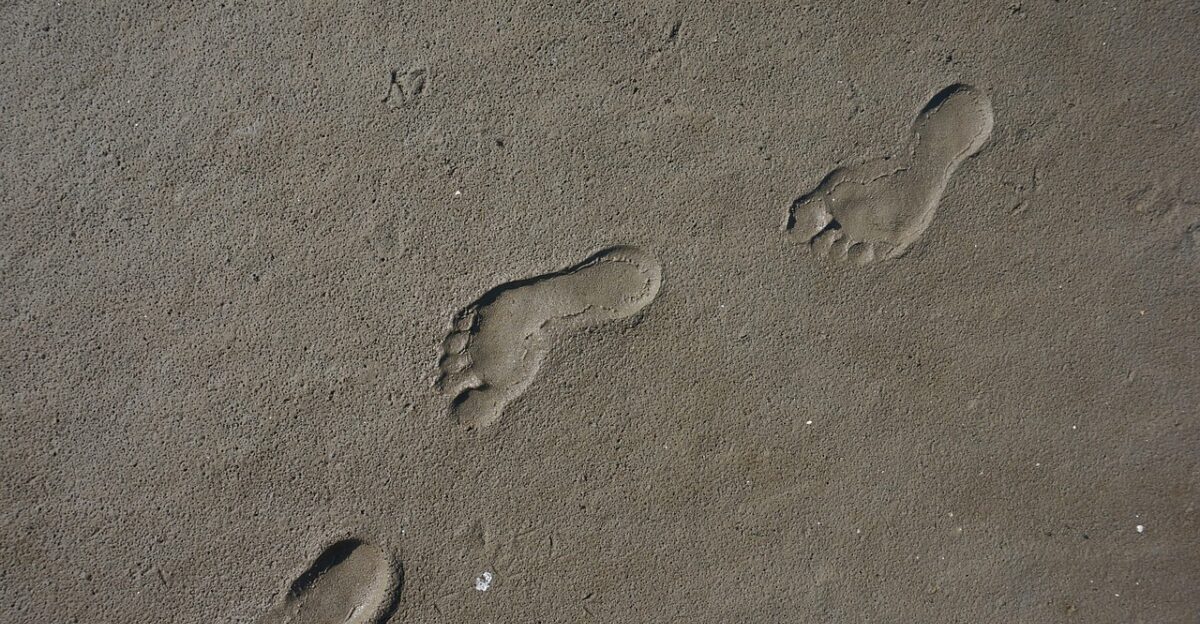
The centerpiece of this amazing revelation is not one, not two, but a group of seven ancient footprints, dated to roughly 115,000 years ago. This find is even more incredible because these prints were alongside hundreds of old animal tracks, including those of elephants, camels, and antelopes.
Usually, archaeologists find bones or tools, but finding these footprints gives us a little peek into what happened when humans and animals passed through the area.
Mathew Stewart mentioned why footprints are a unique find: “Footprints are a unique form of fossil evidence in that they provide snapshots in time, typically representing a few hours or days, a resolution we tend not to get from other records.”
When Were the Footprints Embedded?
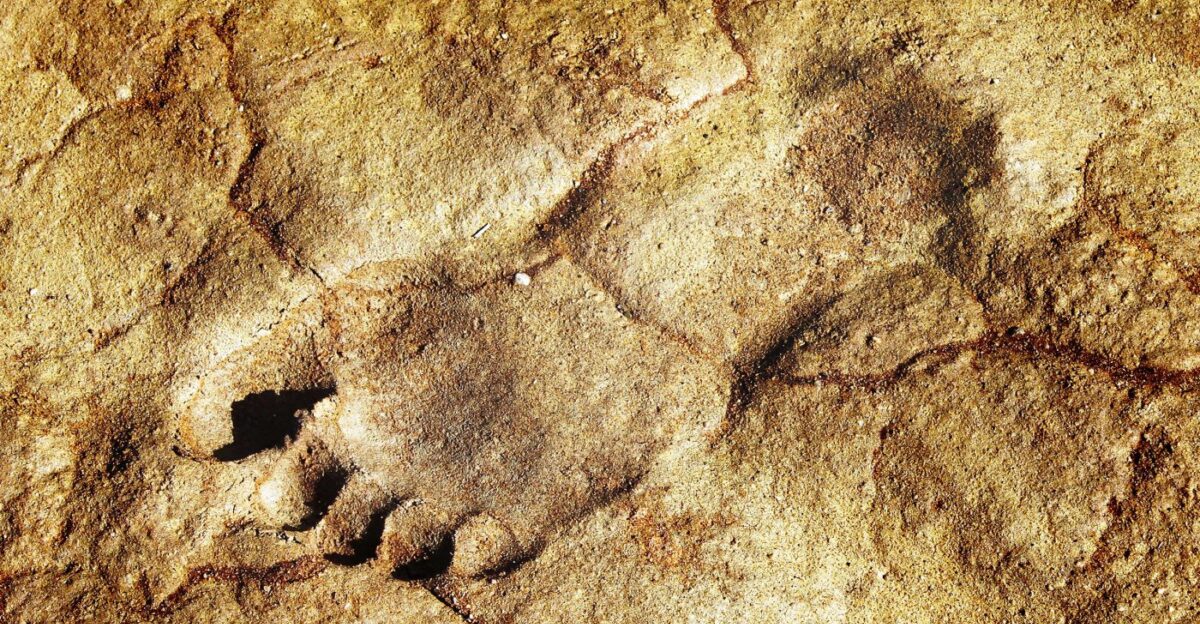
The footprints were left in the mud next to a lake that once existed in northern Saudi Arabia. This happened about 115,000 years ago, during the last interglacial period, when the climate was much wetter and cooler than it is today.
This would have been the perfect place for humans and animals to find water. The fossil remained hidden for thousands of years until now, thanks to wind and weather that wore away the covering dirt, making it possible to find these prints.
The Trace to Early Humankind
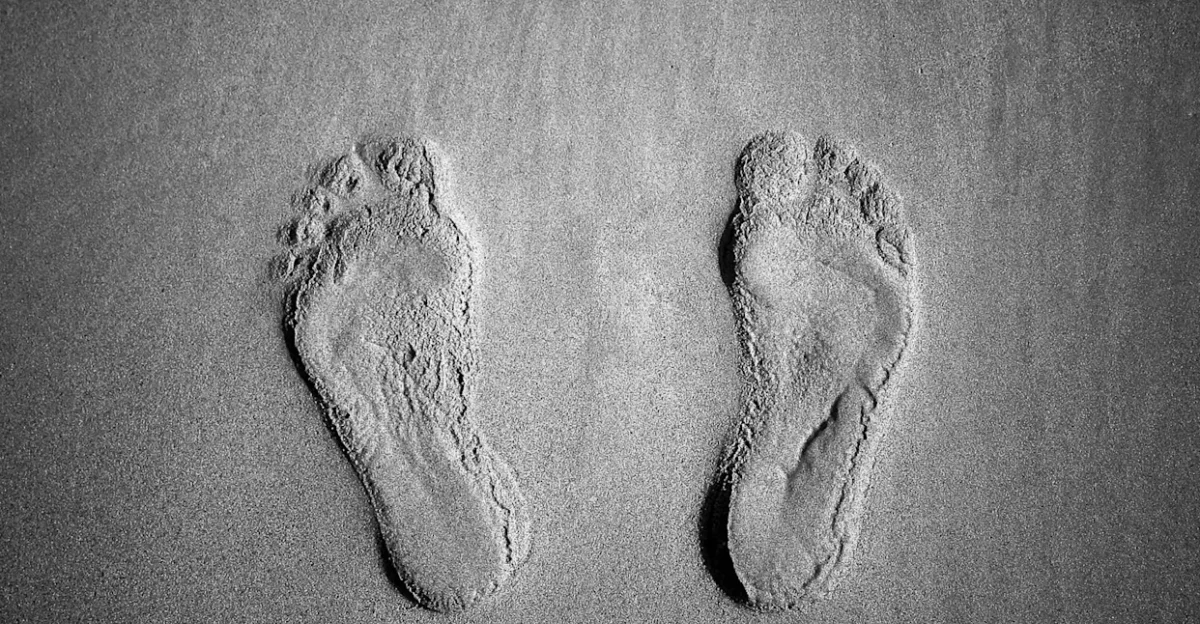
The discovery site is called Alathar, which means “the trace” in Arabic. It’s located deep in the Nefud Desert of Saudi Arabia. A long time ago, during the Pleistocene, Alathar was green and also had a lake.
Richard Clark-Wilson said: “At certain times in the past, the deserts that dominate the interior of the peninsula transformed into expansive grasslands with permanent freshwater lakes and rivers.”
It is important to note that this area is between Africa and the rest of Asia, which is believed to be a path homo sapiens used as they began to spread out across the world. Finding these footprints might be the proof we need to fit the puzzle together.
The Out of Africa Theory is in Question
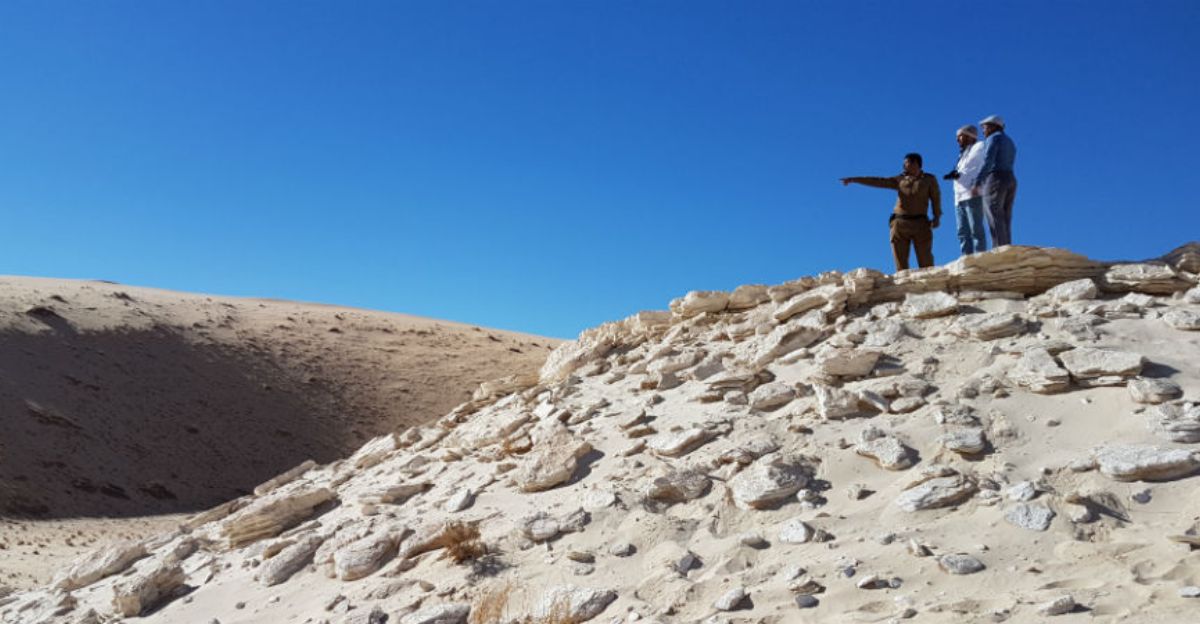
While a lot of modern theories used to say that humans left Africa in just one big migration about 60,000 years ago, the footprint found at Alathar in Saudi Arabia are much older (around 115,000 years old) which suggests that humans might have traveled out of Africa a lot earlier and that they might have traveled in groups at different times, not all at once.
“The presence of large animals such as elephants and hippos, together with open grasslands and large water resources, may have made northern Arabia a particularly attractive place to humans moving between Africa and Eurasia,” said Michael Petraglia.
This means that human migration at that time could’ve been more complicated than we thought and that our ancestors may have moved back and forth between Africa and other regions instead of leaving in a single event.
A Canvas From History
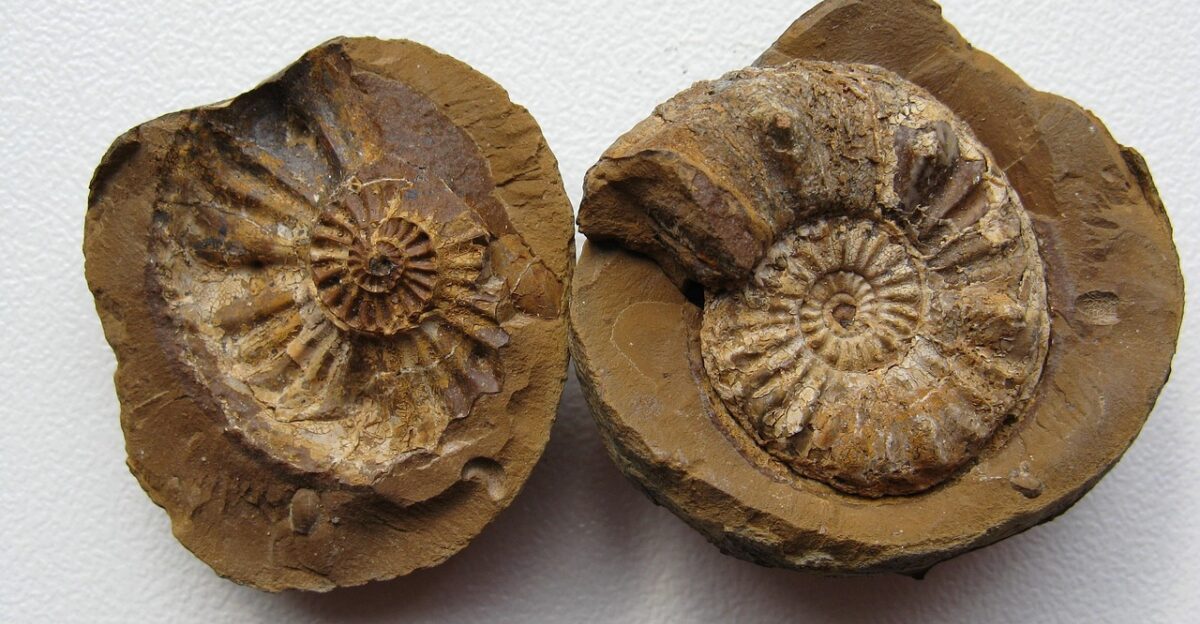
Remarkably, these footprints have lasted this long. Tests show that footprints in wet mud today usually disappear within days unless something quickly covers them. Luckily, at Alathar, the prints were buried fast under more layers of mud, which helped protect and preserve them over time.
Because of this, we now have a rare look at a moment from the distant past. The timing and conditions were just right to turn these prints into fossils and to keep vital clues about what was happening there back then.
Can They Identify Who Walked There?
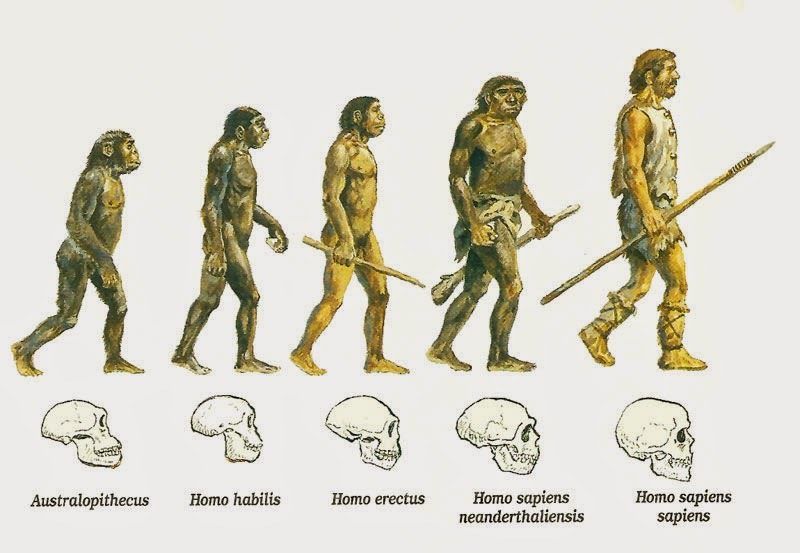
The research team has carefully studied the size and shape of the footprints and compared their proportions to those of other known hominins. After extensive research, they have concluded that these prints were most likely left by early Homo Sapiens, our own ancestors.
While there wasn’t any evidence of Neanderthal-like remains in this area at that time, the footprints match what we know about early modern humans. The team believes these were made by our ancestors.
They believe that early humans reached Arabia when the climate was good. As scientist Mathew Stewart said, “It appears that these people were visiting the lake for water resources and just to forage at the same time as the animals.”
Painting an Environmental Image

This stretches farther than human discovery and gives us more insight into what the weather was like a long time ago. Scientists not only found human footprints and tracks left by animals but also studied ancient plants and soil.
The data collected shows us that the Nefud Desert used to be green and full of life, similar to the African savanna. This environment would have made it easier for animals and people to travel through the area.
Is This a Significant Discovery?

Yes! This discovery allowed us to gain a deeper understanding of how early humans may have moved across the world. It also shows us that we need to continue researching, as we have so much more to learn.
As researchers keep digging and technology improves, we may find even older clues in surprising places, helping us piece together the full story of human origin.

